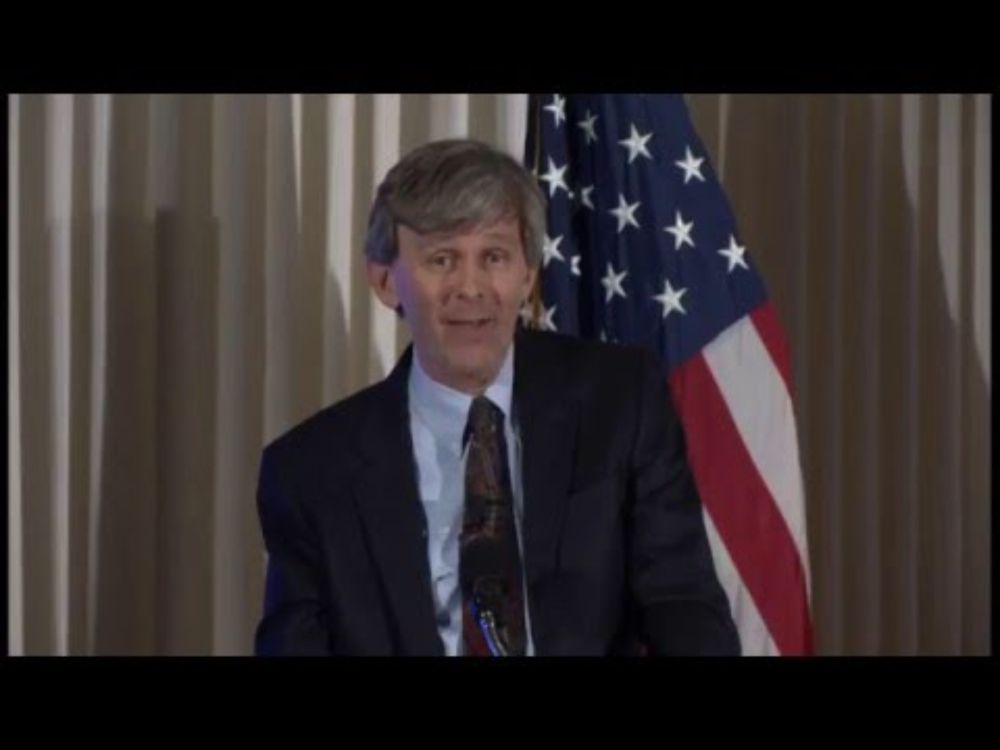Gravity Exploration Institute
@gravitycardiff.bsky.social
280 followers
72 following
21 posts
A research institute in the School of Physics and Astronomy at Cardiff University, focused on detecting gravitational waves and understanding their sources.
Posts
Media
Videos
Starter Packs
Reposted by Gravity Exploration Institute
Reposted by Gravity Exploration Institute
Reposted by Gravity Exploration Institute
Reposted by Gravity Exploration Institute
Reposted by Gravity Exploration Institute
Reposted by Gravity Exploration Institute
Reposted by Gravity Exploration Institute
arxiv gr-qc
@arxiv-gr-qc.bsky.social
· Nov 22












